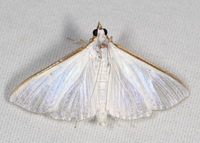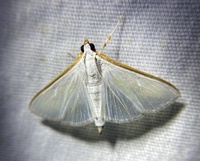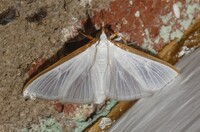
| Recorded by: Simpson Eason on 2025-10-10
Durham Co.
Comment: | 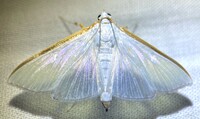
| Recorded by: Dean Furbish and Joy Wiggins on 2025-09-02
Wake Co.
Comment: |

| Recorded by: Dean Furbish on 2025-08-26
Wake Co.
Comment: | 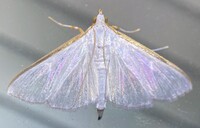
| Recorded by: Dean Furbish on 2025-08-25
Wake Co.
Comment: |
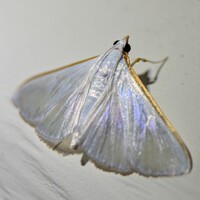
| Recorded by: Melody McMichael on 2025-08-06
Forsyth Co.
Comment: | 
| Recorded by: Melody McMichael on 2025-08-06
Forsyth Co.
Comment: |

| Recorded by: Ken Kneidel on 2025-07-22
Mecklenburg Co.
Comment: | 
| Recorded by: Ken Kneidel on 2025-07-22
Mecklenburg Co.
Comment: |

| Recorded by: John Petranka on 2024-10-13
Orange Co.
Comment: | 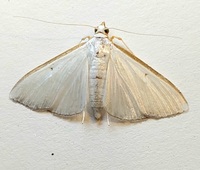
| Recorded by: Mark Basinger on 2024-10-08
Wilson Co.
Comment: |

| Recorded by: Jeff Niznik on 2024-10-07
Orange Co.
Comment: | 
| Recorded by: John Petranka on 2024-10-06
Orange Co.
Comment: |
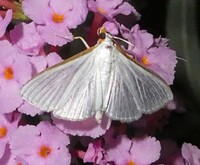
| Recorded by: Simpson Eason on 2024-10-05
Durham Co.
Comment: | 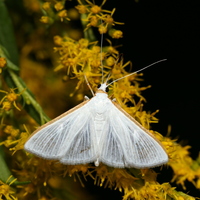
| Recorded by: David George on 2024-09-30
Durham Co.
Comment: |
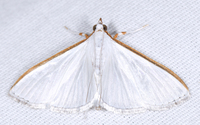
| Recorded by: John Petranka on 2024-09-28
Orange Co.
Comment: | 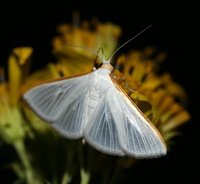
| Recorded by: David George, Jeff Niznik on 2024-09-21
Chatham Co.
Comment: |
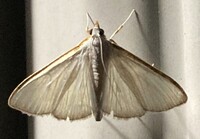
| Recorded by: Dean Furbish on 2024-09-20
Wake Co.
Comment: | 
| Recorded by: John Petranka on 2024-09-14
Orange Co.
Comment: |
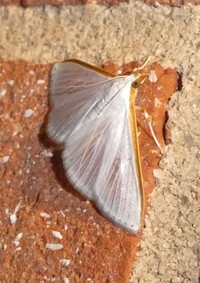
| Recorded by: Simpson Eason on 2024-09-03
Durham Co.
Comment: | 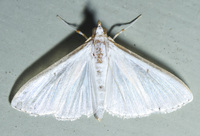
| Recorded by: John Petranka on 2024-08-31
Orange Co.
Comment: |
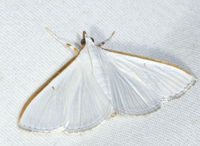
| Recorded by: John Petranka on 2024-08-22
Orange Co.
Comment: | 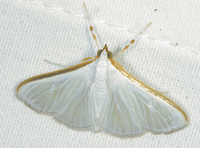
| Recorded by: John Petranka on 2024-08-20
Orange Co.
Comment: |
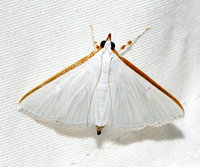
| Recorded by: David George, Jeff Niznik, Kenneth Geisert, David Bradley, Julie Tuttle, Patrick Coin, Kaitlyn Elliott, Becky Watkins on 2024-08-17
Durham Co.
Comment: | 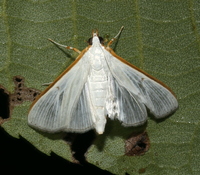
| Recorded by: Jeff Niznik, David George on 2024-07-25
Durham Co.
Comment: |
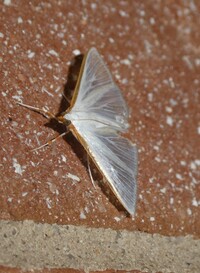
| Recorded by: Simpson Eason on 2024-05-20
Durham Co.
Comment: | 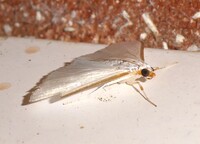
| Recorded by: Simpson Eason on 2023-10-27
Durham Co.
Comment: |
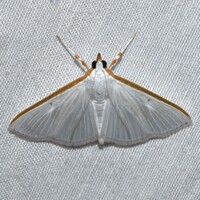
| Recorded by: Jeff Niznik on 2023-09-19
Orange Co.
Comment: | 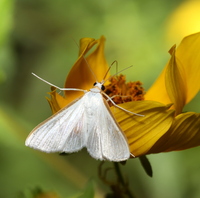
| Recorded by: David George, Jeff Niznik on 2023-09-16
Durham Co.
Comment: |
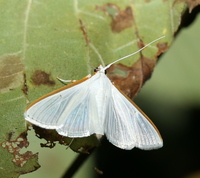
| Recorded by: David George on 2023-09-13
Durham Co.
Comment: | 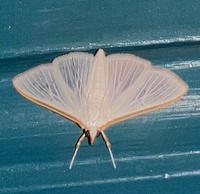
| Recorded by: Ken Kneidel on 2023-09-11
Mecklenburg Co.
Comment: |
|

 »
»